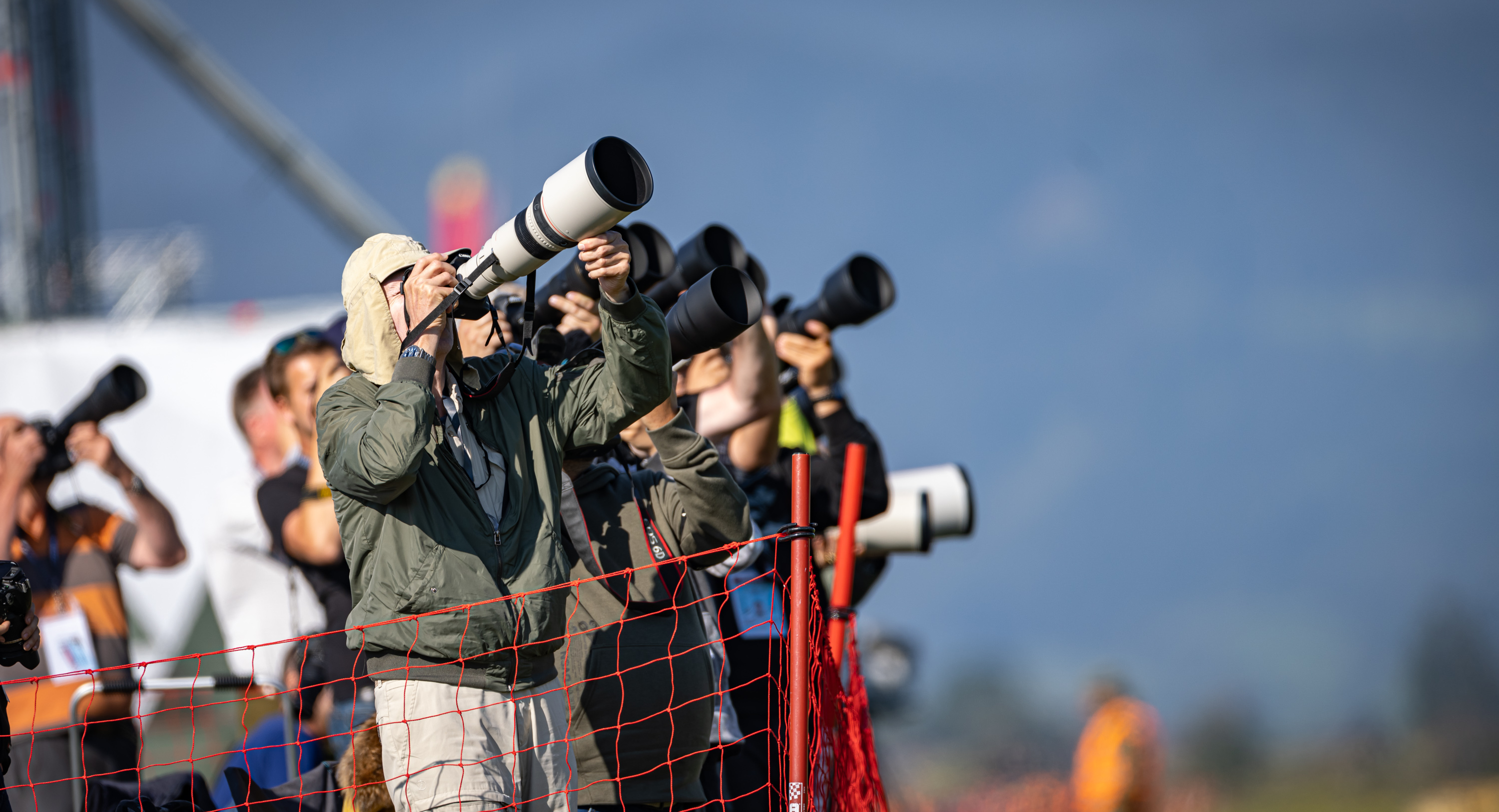
All the major watch manufacturers have it, as do car manufacturers: The Masterpiece. Their masterpieces are sought-after collectors’ items, very rare, and usually very expensive. Pure perfection prevails in production and workmanship. No short cuts were taken here. Switching to planes, or rather to warbirds, one cannot beat the fantastic Corsair. Just four units of Chance Vought Aircraft Inc’s masterpiece are still flying in Europe – perhaps fifteen worldwide.
The Chance Vought F4U Corsair was developed for maximum speed and minimum drag. Each rivet on the surface is recessed, the transitions are aerodynamically perfectly designed, every step and every handle fits seamlessly into the aluminium skin of the fuselage and offer no obstacles to the airflow. Both the main landing gear and the tail wheel disappear into the landing gear wells under precisely fitting lids – developed and manufactured at a time when computers were not even in science fiction movies.
The Corsair prototype was built in 1938. At the time, the goal was around 2000hp from a powerful 18-cylinder double-star engine from Pratt & Whitney. This engine has a displacement of almost 46,000cc, creating an enormous sound. he striking design with the articulated wing was created because of the huge propeller diameter of four meters. This was the only way to install a relatively light and short chassis. The designers also demonstrated excellent engineering skills with the three split hydraulic landing flaps (Fowler flaps), which also result from the surface geometry.
The first models reached a top speed of 670km/h. This rose to well over 700km/h during the construction period until 1952. The F4U-4 especially, like the one owned by the Flying Bulls, gave the Corsair with its improved propeller and water injection system this incredible flight performance. The latter was used for internal cooling of the engine, which experienced a significant increase in performance due to the colder combustion air – and thus higher density.
Its hydraulics which can fold the wings vertically over the cabin hood at a pressure of between 900 and 1200psi (62 and 82 bar) for hangering are unique. The reason for this was the limited space on aircraft carriers, the Corsair’s designed service area.
Landing the F4U on an aircraft carrier and, above all, taking off was extremely challenging, as the high engine torque and large propeller diameter quickly tended to break out at take-off. In other words, if acceleration was applied too quickly, the Corsair itself threatened to flip around the propeller. If there was too little acceleration, the Corsair could not achieve flight speed, despite the assistance of the catapult take-off device on the aircraft carrier.
The Chance Vought F4U was mainly used in the Pacific theatre by the US Marine Corps and the US Navy. Their role was to fly with supplemental fuel tanks from aircraft carriers deep into enemy territory to deliver heavy bombs. If you dropped them, you still had a heavy fighter, but with excellent performance and a top speed hardly achievable for that time.
Corsairs could compete with the agile Japanese Mitsubishi fighters. They also saw service in the Korean War in the early 1950s. A Corsair pilot even managed to defeat a Soviet jet there.
The single-seater fighter aircraft is fully aerobatic, as the Flying Bulls pilots prove time and again at numerous air shows in Europe, where the masterpiece appears regularly.
Chance Vought F4U-4 "Corsair
Technische Daten :